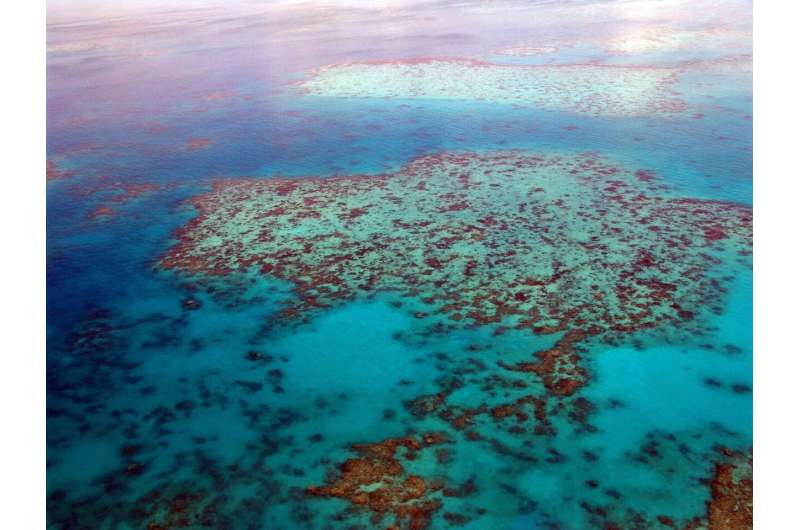Mathematical model guides allocation of funds and resources for protecting fragile ecosystems

Lisa Lock
scientific editor

Robert Egan
associate editor

QUT researchers have developed a pioneering mathematical framework to help "pick winners" and maximize limited funding and resources when investing in technologies to protect threatened ecosystems, such as the Great Barrier Reef.
The model calculates the "optimal stopping point" when it's no longer worth continuing development of a particular ecological technology and indicates the point where investment resources need to be diverted to other conservation projects. The model also accounts for the complications and uncertainties inherent in protecting threatened ecosystems.
Ph.D. researcher Luz Pascal from the School of Mathematical Sciences and Center for Data Science said the model would help decision-makers determine how long to keep investing in a particular technology before it was time to move on.
"R&D is inherently risky—we might invest millions into a technology that ultimately never works, but the potential benefits could be enormous—we might be able to protect an ecosystem that was previously thought to be damaged beyond repair," Pascal said.
"To navigate these uncertainties, we've created a way to calculate the 'optimal stopping point'—the moment when it's no longer worth continuing development of a particular technology.
"This finding is very important when we have limited resources to manage ecosystems: There is a point where we need to divert our investments to other conservation actions. And we find that sometimes, it is best to not invest in the new technology at all.
"Our study delivers clear and transparent general rules for investing in new technologies, building on an analytical approximation."
Professor Kate Helmstedt, who conceived the project, said the research, now in the Proceedings of the National Academy of Sciences, was the first to integrate both the development and deployment phases of technology into a single optimization framework for biodiversity conservation.
"This 'optimal stopping point' depends on the ecosystem's characteristics, the impact of the technology, and how confident we are that the technology will succeed. When protecting threatened ecosystems, these elements are all complicated and uncertain," Professor Helmstedt said.
"This study's novel approach to planning research and development for environmental technologies was to balance the uncertainties and rewards of innovation in ecological contexts."
Using the Great Barrier Reef as a case study, the team found that the optimal development time for new technologies could range from 0 to 45 years, depending on the confidence in their effectiveness.
"This work is a game-changer for how we think about investing in innovation for conservation," Professor Helmstedt said.
"It's not just about developing the next big idea—it's about knowing when to pivot, when to persist, and how to maximize impact with limited resources.
"Our framework is flexible and can be adapted to other domains like public health, energy, and climate resilience. It's a powerful tool for strategic decision-making in uncertain environments."
Professor Iadine Chadès, Director of Monash University's Environmental Informatics Hub, said the study built on two decades of research in artificial intelligence for conservation decision-making.
"My work has focused on developing AI-based frameworks particularly using partially observable Markov decision processes (POMDPs) to guide adaptive management under deep uncertainty," Professor Chadès said.
"This project extends those methods to a new frontier—planning technology development itself.
"By applying AI decision frameworks to research and development, we can help governments and conservation agencies make smarter, more transparent investment choices.
"It's about turning mathematical insights into practical strategies that improve the odds of saving ecosystems."
More information: Luz Valerie Pascal et al, Developing new technologies to protect ecosystems: Planning with adaptive management, Proceedings of the National Academy of Sciences (2025).
Journal information: Proceedings of the National Academy of Sciences
Provided by Queensland University of Technology


















